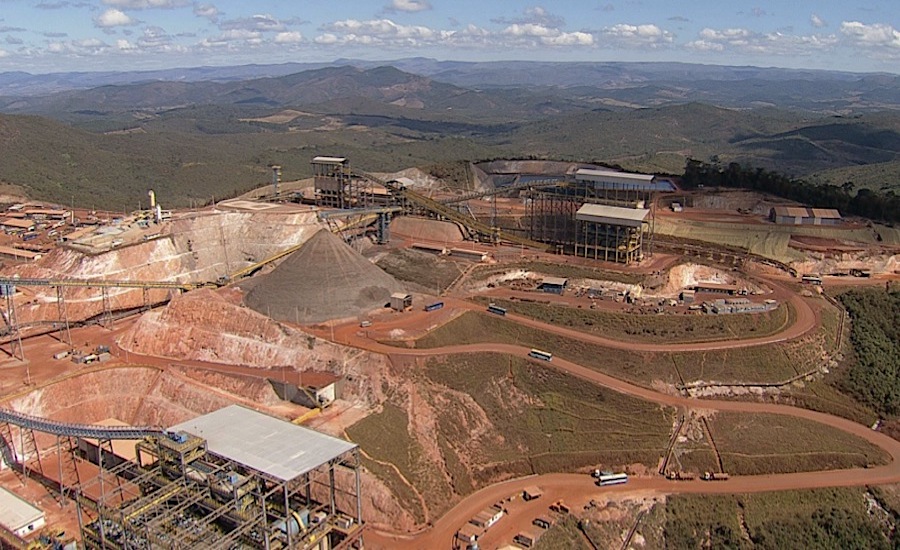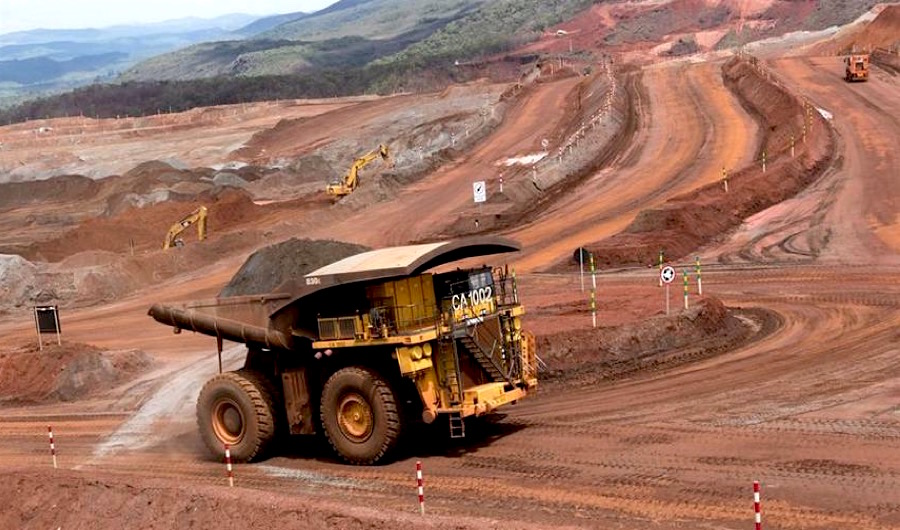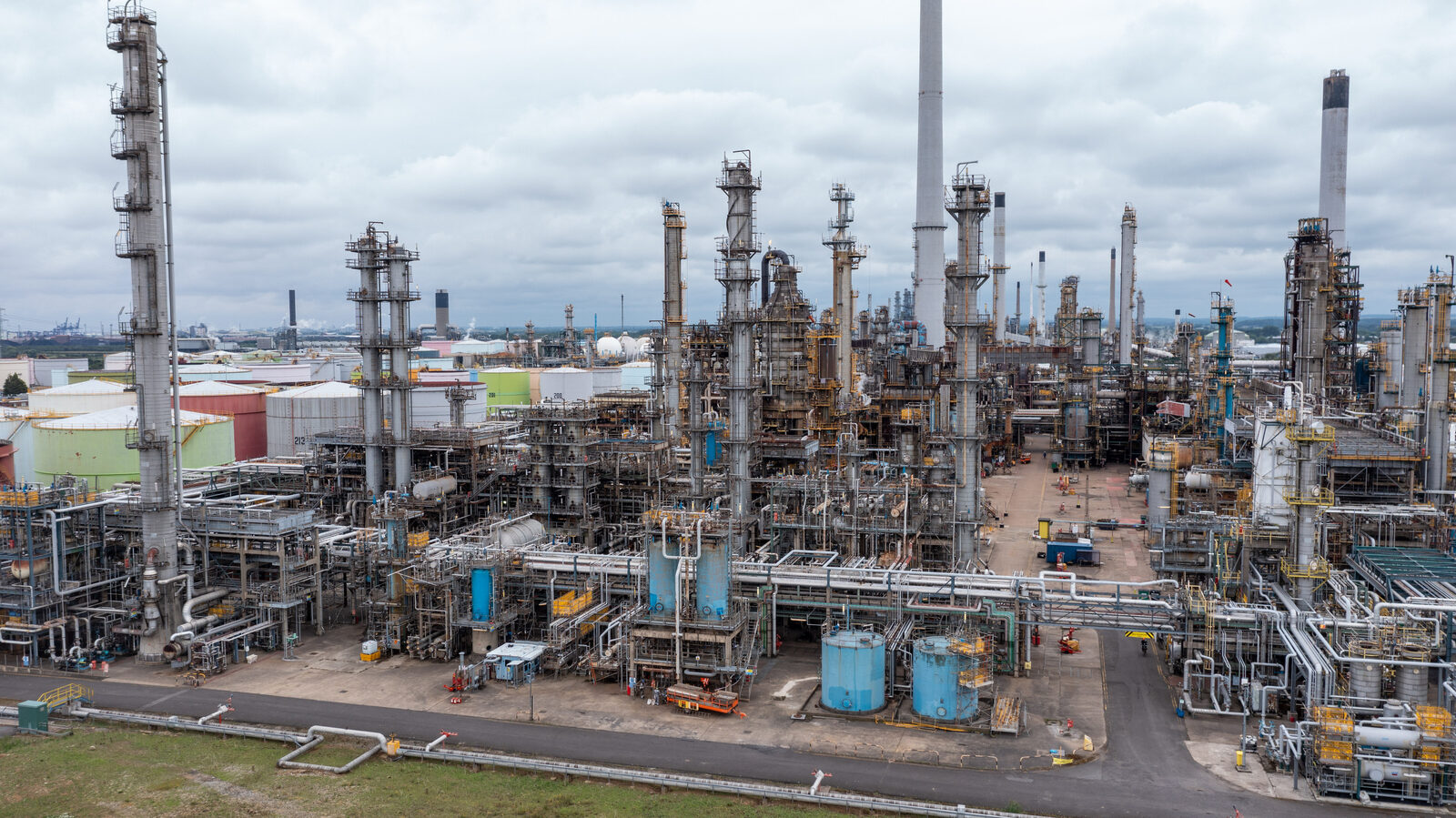Anglo to halt Minas Rio in Brazil if expansion licence delayed further

Anglo American (LON:AAL) will have to shut its massive Minas Rio in Brazil next year if authorities for the state of Minas Gerais, where the iron ore operation is located, further delay a licence needed to kick off a final and key expansion.
The miner, which has already been granted permission for a second phase at Minas Rio, has been trying for months to secure the environmental license for the mine’s third and last expansion, but has faced several roadblocks along the way.
Chief executive of Anglo American Brazil, Ruben Fernandes, told local paper Hojeemdia (in Portuguese) the permit was first expected in July this year, but ongoing requests from the state’s public prosecutor and the rescheduling of necessary public hearings have pushed the deadline to December.
Without phase three, Anglo says, Minas Rio will run out of ore next year; cutting down output not a financially viable option.
He acknowledged the licensing process for a mine the magnitude of Minas Rio is especially complex due to many factors, including its size, structure and the need to build a gigantic pipeline — at 529 kilometers, the largest in the world by far. But he also said the company can’t wait forever.
If the permit is not issued next month, Fernandes said the company would keep the mine open until September 2018. “Without phase three, the mine will run out of ore; with it, it can keep producing for at least another 15 years,” he said.
He noted that Anglo needs the licence by December to be able to keep producing without interruptions. But if the permit is delayed by another two, three or five months, the company will have to shut the mine, as choosing to cut down output instead is just not a financially viable option.
The century-old company has long said the third phase is critical for Minas Rio to reach its full capacity of 26.5 million tonnes of iron ore a year by 2019. Together with increasing the current pit’s size, the project is expected to generate 800 new jobs during construction, adding to the more than 4,500 positions the project has already created
Writedowns and environment-related worries
Getting to this point has not been easy for the Anglo American. After spending $5.5 billion between 2007 and 2008 to buy the developing mine from Brazilian ex-billionaire Eike Batista, the company had to invest another $8.4 billion, more than twice what was originally projected, to bring it to production in 2014.
Permitting process has been especially complex due to the mine’s massive size and the fact its main tailings is seven times larger than the Samarco’s facility that broke in 2015.
The deal soon soured as rising global iron ore output overwhelmed demand, causing prices to tumble 80% from their 2011 peak. The miner also saw itself forced to write down the value of the asset by about $4bn, underscoring how the group mistimed its entry into the iron ore sector.
And while prices recovered in 2016 (they climbed 81%), this year’s extreme volatility is casting doubts on whether Anglo’s costly bet for iron ore will or will not eventually pay off.
On top of that, there are mounting concerns over potential environmental damage an accident similar to the one affecting the Vale-BHP joint venture in 2015 could have caused.
The main tailings pond at Minas Rio, with a capacity of 370 million cubic metres, is seven times larger than the Samarco’s facility that broke in 2015, killing 19 people and contaminating hundreds of kilometres of the Doce river valley and the sea around the river mouth.
According to the London Mining Network, a coalition of environmentalists and campaign groups, communities below the Minas Rio dam are in the area defined as a “self-rescue zone” because there would not be enough time for competent authorities to intervene in case of an incident.
Anglo American has noted that Phase 3 of the mine expansion includes plans to raise the dam. The technical design and the construction of the tailings dam, says the company, differs from Samarco’s in that is a “downstream” construction as opposed to the “upstream” structure that failed in 2015. It would mean that heightening Minas Rios dam wouldn’t involve constructing each extension using the tailings, but compacted soil, which is more stable.”

Iron ore is Brazil’s largest foreign exchange earner and Minas-Rio has been one of the most significant private investments in the country’s economy in recent years. (Image courtesy of Anglo American)
{{ commodity.name }}
{{ post.title }}
{{ post.date }}

3 Comments
spinner41
So after $9B investment…..um…cant get a licence. Ripper!!!
Restless Boomers
There are two sides to this extortion coin. Guessing Brasil is finally going to see the side they’ve so far been blind to.
cadem mokresh
How a couple of people can damage economic development